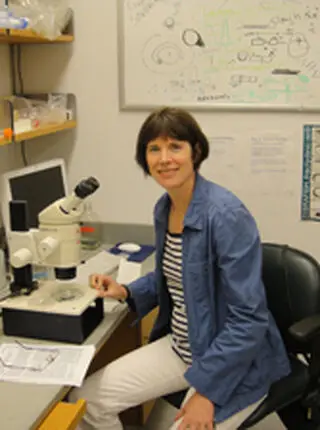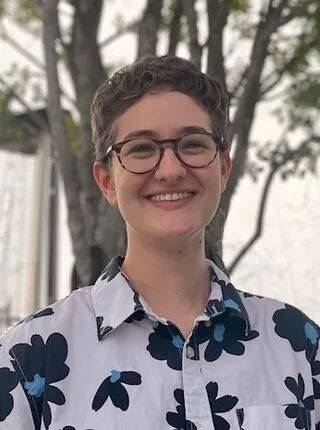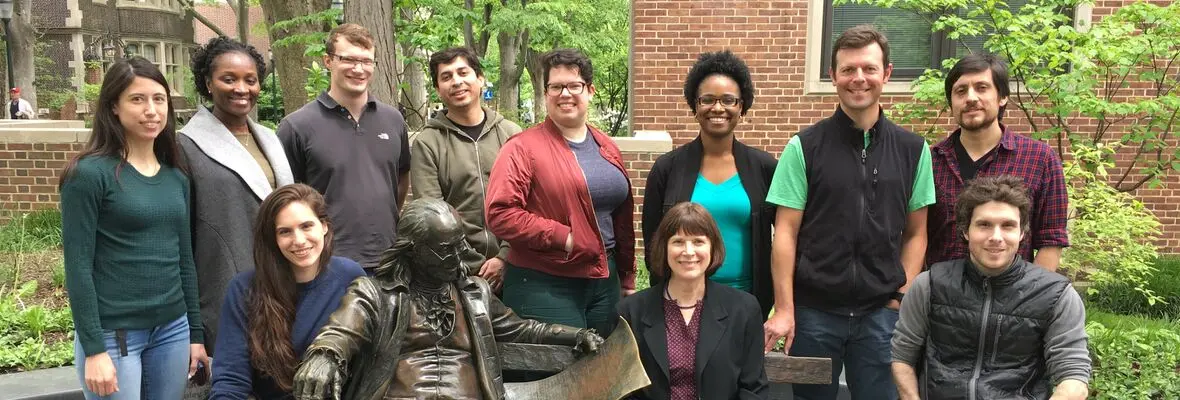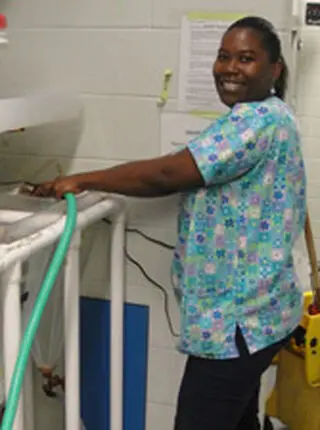Current Lab Members
Faculty
Mary C. Mullins, PhD

Professor of Cell and Developmental Biology
mullins@pennmedicine.upenn.edu
215-898-2644
Postdoctoral Researchers
Manami Kobayashi, PhD
Postdoctoral Researcher
shiyabako.mi@gmail.com
The Balbiani body (Bb) is a large mitochondrial-enriched RNA-protein granule observed in the early oocyte. Its formation and disassembly are important for mRNA localization, which is essential to establish the embryonic body axes and germ line. However, little is known about the genes regulating Bb development and how its formation and disassembly are regulated during oogenesis. I focus on Bucky ball (Buc), a core protein of the Bb, and newly-identified RNA-binding proteins predicted to interact with Buc to understand the regulation of the Bb during oogenesis.
Jose Pelliccia, PhD
Postdoctoral Researcher
Jose.Pelliccia@pennmedicine.upenn.edu
During early embryo development, components supplied by the mother regulate critical processes that occur prior to bulk zygotic transcription in the embryo. If these components are absent, the embryo will fail to initiate development or fail to complete embryogenesis. The importance of this maternal control and its conservation in vertebrates motivates my enthusiasm in studying the maternal regulation of early embryo development. Using maternal-effect mutants from a previous screen performed in the lab, I plan to identify maternal factors and mechanisms required during the initiation of embryo development for proper egg activation and cell division—two critical events that are necessary for subsequent stages in development.
Graduate Students
William D. Jones
Graduate Student
William.Jones@pennmedicine.upenn.edu
In all vertebrate embryos, the body axis is specified by a signaling center called the dorsal organizer. The organizer has the special ability to induce a second body axis if it is transplanted from the dorsal side of a donor embryo to the ventral side of a recipient embryo. Because the organizer promotes dorsal fates, it must be repressed to promote the correct balance of dorsal and ventral tissues in the embryo. I am studying a zebrafish maternal-effect mutant isolated in our laboratory, called ints6p18ahub, in which embryos exhibit multiple ectopic body axes, a unique loss-of-function phenotype in the zebrafish. The mutated gene, Integrator complex subunit 6 (ints6), was originally identified as a member of a spliceosomal RNA processing complex and was not previously implicated in dorsoventral patterning. In my project, I am to identify the mechanism by which ints6 represses the dorsal organizer. I expect that my project will reveal a novel mechanism of restricting dorsal fates in vertebrate embryos.
Allison Marvin
Graduate Student
Allison.Marvin@pennmedicine.upenn.edu
In most metazoans, the centrosome is eliminated during oogenesis. Despite the conservation of this process across species, the mechanism of maternal centrosome elimination remains obscure. Also poorly understood is precisely how the oocyte organizes microtubules in the absence of a centrosome. My project focuses on several maternal-effect mutants identified in the lab that reveal genes essential for proper microtubule organization in the oocyte and early embryo. Outside of lab, I enjoy baking, crafts, and video games (anything that explores the great indoors).
Megan Guerin
Graduate Student
Megan.Guerin@pennmedicine.upenn.edu
I'm investigating the role of Buc protein disordered regions in Balbiani body and germplasm assembly! Outside of the lab, I spend my time gardening and watching crime television (criminal minds and SVU, specifically).
Ari Geller

Graduate Student
ari.geller@pennmedicine.upenn.edu
The BMP morphogen gradient drives the development of diverse tissues including the dorsoventral axis, where it induces distinct ventral cell fates in a dose-dependent manner. However, exactly how the BMP gradient is interpreted into those distinct fates is unclear. My project focuses on the intracellular effector of the BMP signaling pathway in zebrafish, Smad5, where I hope to uncover the mechanisms underlying the establishment of dorsoventral gene expression domains. Outside of the lab I enjoy looking at and maintaining my home aquarium, going on hikes, and watching bad movies.
Avani Modak
Graduate Student
avani.modak@pennmedicine.upenn.edu





